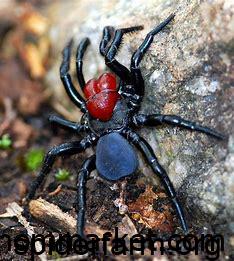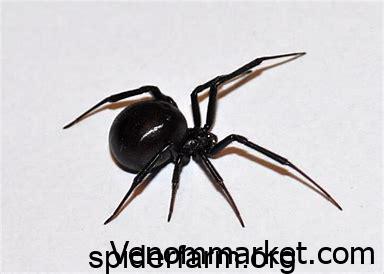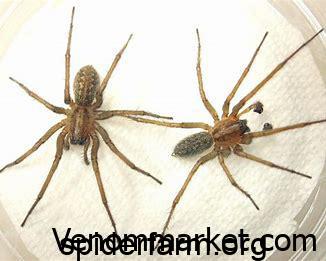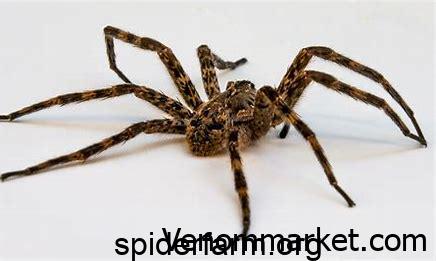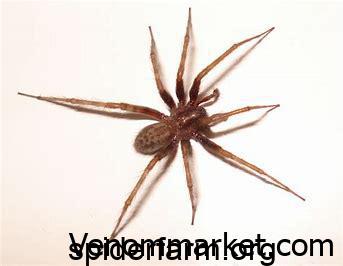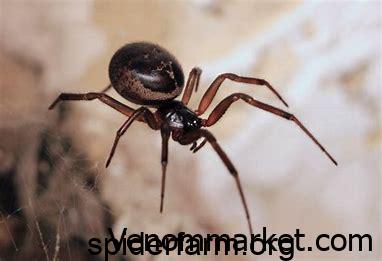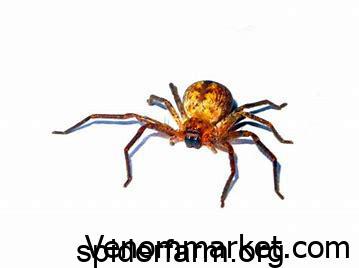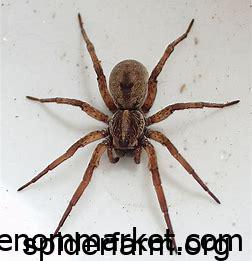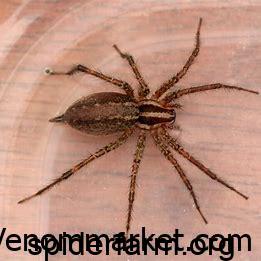scorpion venom
The last yellow scorpion in the family Buthidae is B-
The last yellow scorpion in the family Buthidae is B. arenicola (Simon, 1885) which is small sized, and its cephalothorax is very smooth and with very weak carinae.
The second family is Scorpionidea. This family consists of 17 genera and 265 species, and has representatives in Africa, Asia, Australia, North America, Central and South America and is represented in the present survey by S. marus palmatus scorpion (Ehrenberg, 1828), large clawed or Israeli gold scorpion (Warburg and Elias, 1999). This species is often found in desert habitats, but can also be found in dry forests. It is a burrowing species, which inhabits different types of substrates. The burrows are often 20–70 cm deep (the bottom of the burrow is usually enlarged). The scorpion will hibernate in the burrow during winter (Rutin, 1996). This specimen is distinguished by its bright yellow colored body and much enlarged chela.
Scorpion venom contains short neurotoxin polypeptides consisting of simple, low-molecular-weight proteins which have lethal and paralytic effects (Isbister et al., 2003). Approximately 100,000 distinct peptides are estimated to be present in scorpion venom but only a limited number of these peptides have been described so far (Possani et al., 1999). In this investigation, total protein contents and SDS–PAGE analysis of different species collected from different localities in Egypt, showed differences between the protein compositions and concentrations of different scorpion’s venom.
Total protein contents reach their highest value in L. quinquestriatus, A. amoreuxi, followed by A. australis venom. O. innesi showed very low protein concentration. Latifi and Tabatabai (1979) reported that the mean amount of venom obtained by electric stimulation was 0.3 mg per scorpion A. crassicauda, whereas by maceration of telsons, 0.5 mg per scorpion was obtained. Ozkan et al. (2007) reported that protein content of venom obtained from the same scorpion was 7.34 mg/ml.
SDS–PAGE analysis showed that, there are 11 protein bands obtained from protein profiles of scorpion venoms, with molecular masses ranging between 14 and 200 KDa. Ucar and Tas (2003), showed that crude venom of Mesobuthus gibbous consisted of 19 protein bands with molecular masses ranging between 6.5 and 210 KDa by SDS–PAGE. A total of 50 protein bands with molecular masses ranging between 22 and 100 KDa were detected from the venom of the same scorpion (Ozkan and Ciftci, 2010).
In the current work, bands with molecular weights of 200, 125, 95 KDa are dominant in most of the scorpion species venom, but with variable density. A protein band with MWs of 125 KDa reached its high density in A. bicolor and A. australis. Four bands with MWs of 188, 90, 16, and 14 KDa are considered as a specific band for A. crassicauda venom, which is considered very rare in Egypt. Low molecular mass bands (14 and 16 KDa) found in A. crassicauda in the present work may be responsible for its toxicity because of the presence of phosolipase represented by those bands. The previous results agreed with Rodríguez-Ravelo (2013) which detect the precence of phosolipase in the venom of the Cuban scorpion Rhopalurus junceus and was represented in bands with molecular mass of 14 to 19 KDa. Ozkan and Ciftci (2010) detected one protein band with MW of 68 KDa in all samples of Mesobuthus gibbous venom and this is due to genetic factors variation

scorpion venom
The present study reports the variability in different species-
of venom assessed by SDS–PAGE. One of the factors that may influence venom toxicity and cause variable results is environmental conditions. Abdel-Rahman et al. (2009) demonstrated that variations in the geographic, sexual status and individual markers of S. marus palmatus occur with different biotopes elucidating venom variation. Also, different geographical areas affected proteomic analysis of venom components of Cuban scorpion Rhopalurus junceus (Rodríguez-Ravelo, 2013). Ozkan et al. (2006a,b,c) reported that venom samples extracted by maceration showed different toxicities according to the weight and size of the telsons, and this difference was caused by the different maturity stages of the animals and thus venom toxicity was related to the scorpion size.
The similarity indices in the present study showed that there is inter-family, inter-genus, and inter-species variation between different scorpion species based on bands obtained from the protein profiles. Inter-family variation represented by the similarity between S. maurus palmatus, which considered the only species found in family Scorpionedae and the other species in family Buthidae. The closest species to S. maurus palmatus is A. amoreuxi (S = 0.74), despite their differences in morphology
scorpion venom




